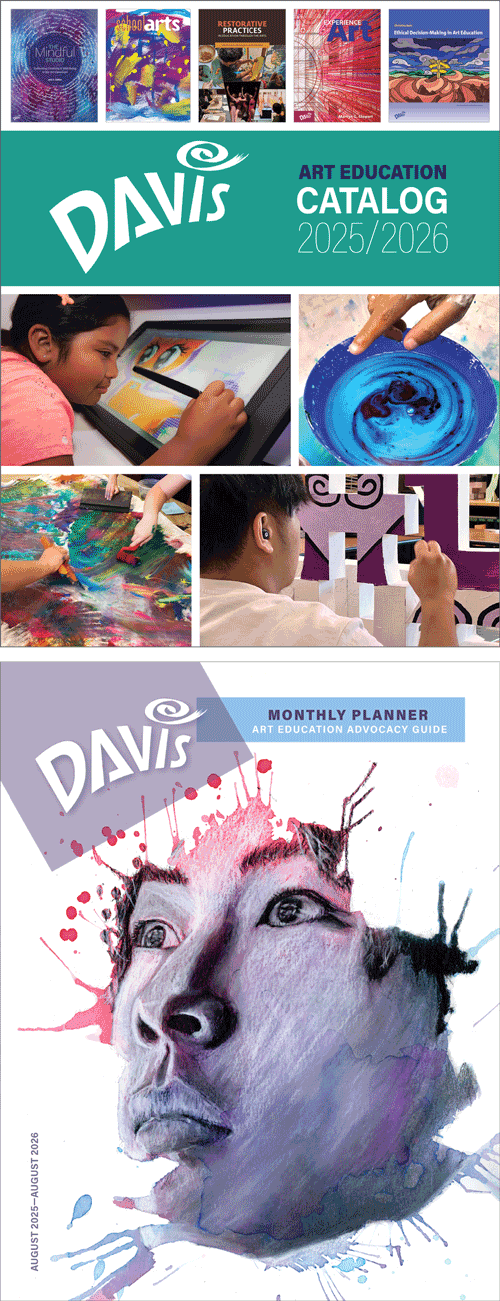National Skilled Trades Day: Jacob Lawrence
National Skilled Trades Day was established in 2019 by the National Day Calendar and City Machine Technologies, Inc. Skilled workers are employed in a variety of fields and positions that can be personally lucrative and also deeply beneficial to the community. Skilled trade workers keep the world going around. Jacob Lawrence always emphasized the African American contribution to the great army of skilled American trade workers.
National Skilled Trades Day, 7 May: Art by Jacob Lawrence (1917–2000, United States)
Jacob Lawrence continually stressed in his artworks the contributions to the American Experience.
 |
| Jacob Lawrence, Workshop, from the Builders series, 1972. Color lithograph on paper, 51.8 x 55.2 cm. Buffalo AKG Art Museum, Buffalo, NY. © 2025 Jacob and Gwendolyn Knight Lawrence, Seattle / Artists Rights Society (ARS), New York. (AK-170lwars) |
In 1971, Lawrence was offered a permanent position teaching art at the University of Washington, and he and his wife, artist Gwendolyn Knight, moved to Seattle. Thematically, he concentrated on the topic of Builders. Within the wide field of development offered by the Builders subject, Lawrence underscored a life-long vision of man’s labor and struggle as his major theme. The workers in pieces like Workshop serve as metaphorical figures, simultaneously evoking artistic creation and social struggle. Like the people who won the hard-fought battles of the Civil Rights Movement, the craftsman stands for the potential of all African Americans.
Lawrence characteristically ignored conventional depiction of space for compositional purposes. The space was often tilted and viewed from slightly above. In this way, all of the important players in the story were visible and lent to the decorative surface of the painting. Workshop features a dramatic double diagonal forming a x-shaped composition. His subdued palette, emphasizing primary colors, helps unify the composition.
The Great Migration was the relocation of 6 million African Americans from the rural South between 1910 and 1970 to urban areas in the North, Midwest and West. They were driven from the South by poor economic opportunities, racism and segregation laws. Between 1910 and 1920, the black population of northern cities grew by massive percentages.
As a result of racism in northern cities and housing discrimination, African Americans formed their own communities within cities, activating the growth of a new black, urban culture. In New York, the Harlem neighborhood housed 200,000 African Americans by the 1920s. This concentration of African American culture spawned an artistic and cultural movement called the Harlem Renaissance.
A major force to come out of the Harlem Renaissance, Lawrence was born in Atlantic City, New Jersey, but moved to Harlem when he was twelve years old. His mother enrolled him in after school art programs where he discovered a love of drawing and painting. His earliest drawings were copies in crayon and color pencil of the patterns he saw in rugs from the Middle East and then fill them in with color. Lawrence used this technique in his painting all his life.
In the 1930s, Lawrence began painting scenes of life in Harlem. Meeting other artists of the Harlem Renaissance, he learned to appreciate the importance of promoting African American culture and its unique place in American cultural history through art. He made a name for himself for the first time in 1939 when he exhibited his series of panels on the life of Haitian general Toussaint l’Ouverture (1743–1803). The famous Migration of the Negro series followed to critical acclaim.
Lawrence’s personal style was unaffected by other painting styles such as abstraction, Social Realism, Expressionism, or Impressionism. He attributed his interest in color, shapes, and overall pattern to the early copies of middle eastern rugs. His style varied little through his career except to become a more sophisticated, involved process. He applied one color at a time to the whole work, in that way providing uniformity of color balance. The technique also enhanced the pattern and lively surface.
Correlations to Davis Programs: Explorations in Art 2E Grade 3: 1.9, Unit 3 Introduction; The Visual Experience 4E: Chapter 5 Sharing Ideas through Value, Color, Space, and Texture, 5.2; Davis Collections: Art Terms - Primary Colors

Comments